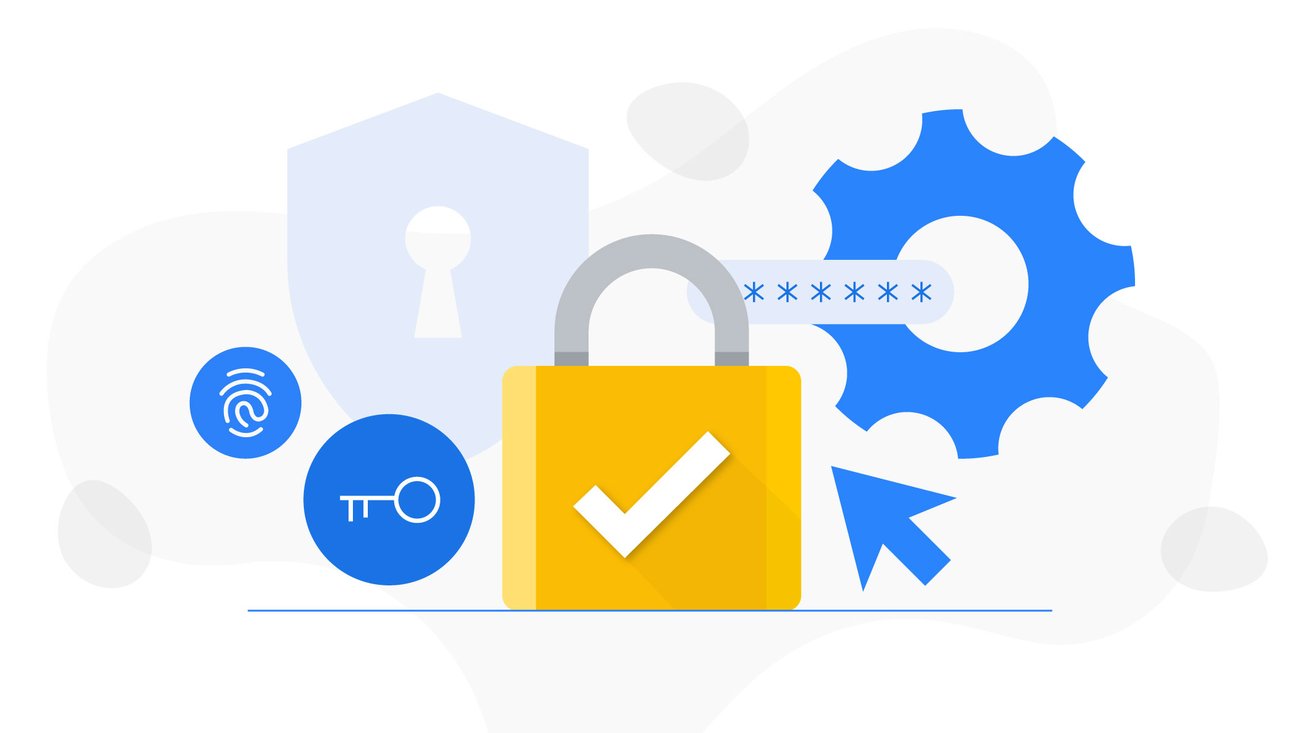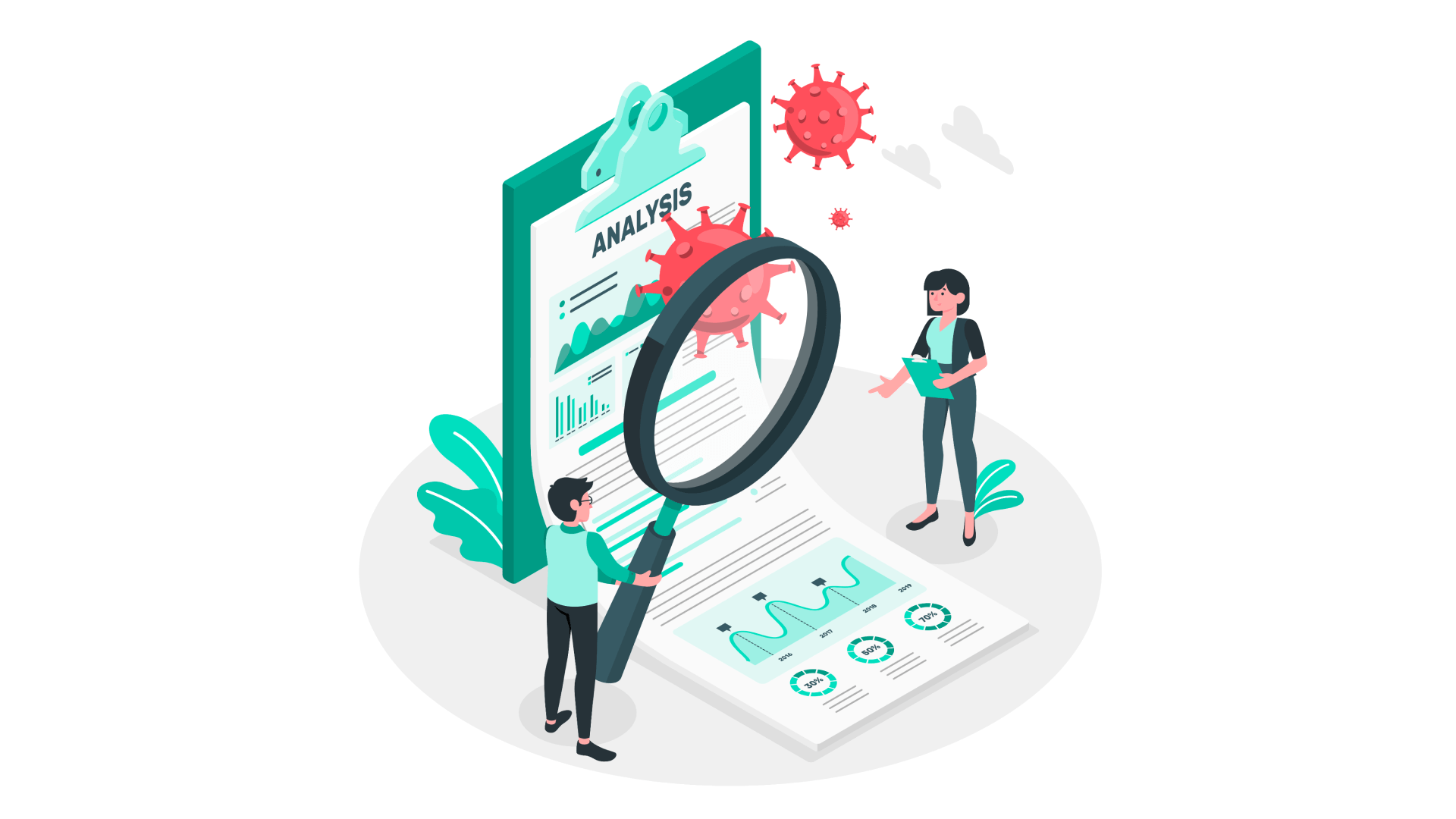RBAC limits access to PHI based on a user's role within the organization, ensuring only authorized personnel can view or modify sensitive information. This minimizes risks of breaches and aligns with HIPAA’s privacy standards.
-
Understand HIPAA’s impact on software development and design
-
Follow compliance and security best practices for healthcare apps
-
Build HIPAA-compliant software to protect patient data and privacy




